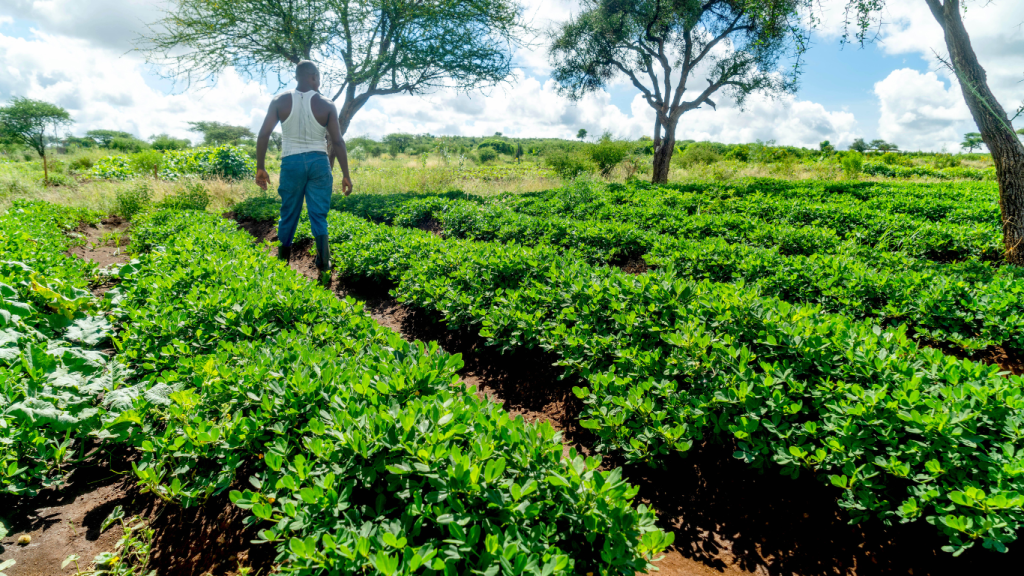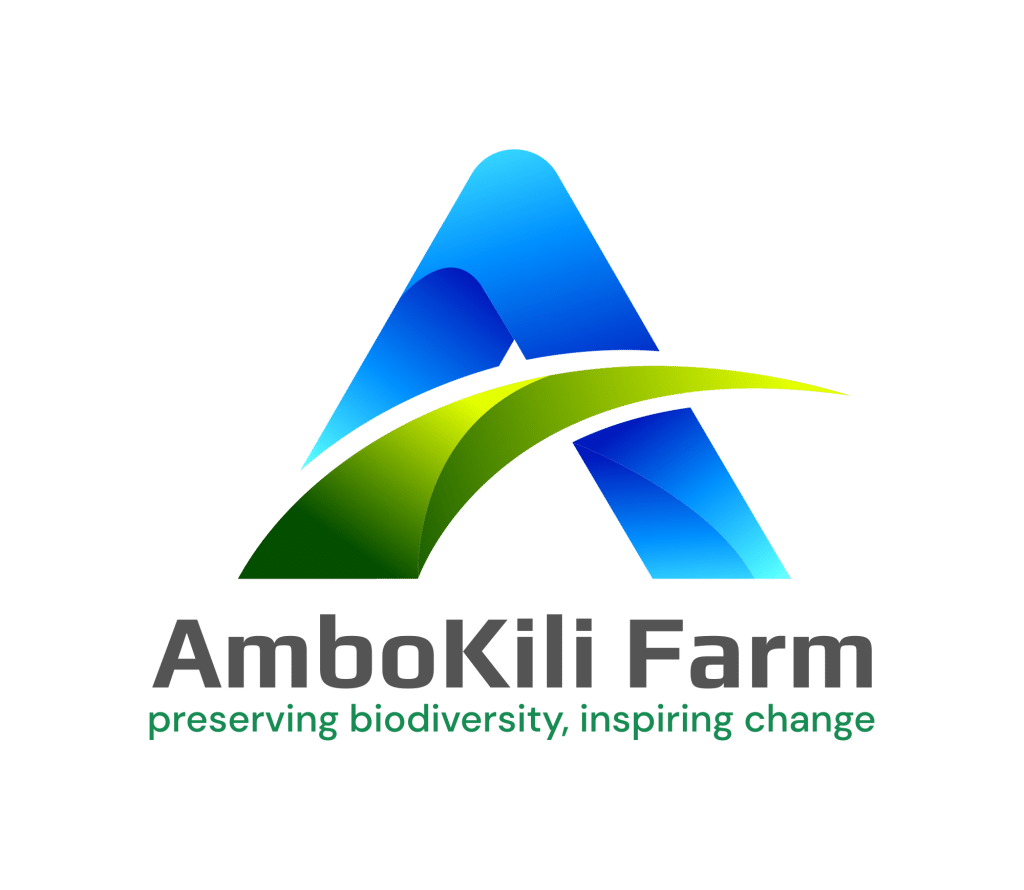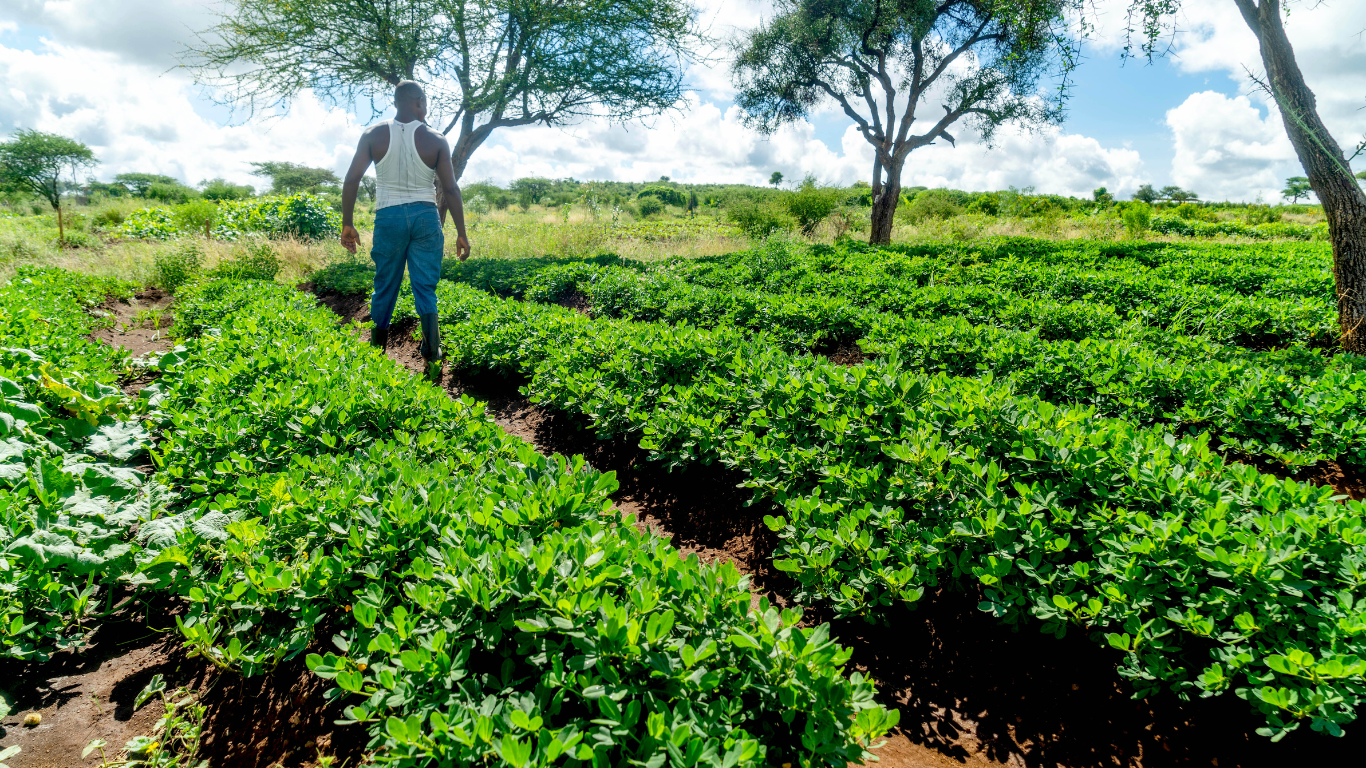
We work in Kimana, Kajiado, Kenya to help the local community restore semi-arid land through organic farming to reverse environmental degradation. One of the most critical components of successful farming in Arid and Semi-arid Areas (ASAL) is selecting the right crops.
Understanding ASAL Conditions
Arid and semi-arid lands are characterized by low rainfall, high temperatures, and high evapotranspiration. These conditions pose significant challenges for traditional farming practices. However, with the right crop selection and management techniques, it is possible to achieve sustainable yields and contribute to food security in these regions.
Criteria for Selecting Crops
When selecting crops for ASAL regions, consider the following factors:
- Drought Tolerance: Crops must withstand prolonged periods of low rainfall.
- Heat Resistance: Plants should thrive in high temperatures.
- Soil Compatibility: Crops must adapt to poor, sandy, or clay soils.
- Water Efficiency: Plants that require minimal water and maximise its use are ideal.
- Market Demand: Crops should have a market value to ensure economic viability.
Top Crop Choices for ASAL Regions
Here are some of the 11 crops we have found to be suited for arid and semi-arid lands:
Sorghum
- Why Sorghum? Sorghum is highly drought tolerant. It is a versatile crop used for food, fodder, and industrial purposes.
Millet
- Why Millet? Millet is another drought-resistant crop that matures quickly and provides high nutritional value.
Groundnuts
- Why Groundnuts? Groundnuts (peanuts) are drought-resistant and improve soil fertility through nitrogen fixation.
Watermelon
- Why Watermelon? Watermelon is a heat-tolerant fruit that requires minimal water and has a high market demand.
Dragon Fruit
- Why Dragon Fruit? Dragon fruit is a cactus species that thrives in hot, dry climates and has high nutritional and market value.
Onions
- Why Onions? Onions are adaptable to various soil types and require minimal water once established.
Tomatoes
- Why Tomatoes? Tomatoes can be grown in arid conditions with efficient irrigation and are in high demand.
Beans
- Why Beans? Beans are versatile legumes that improve soil fertility and can be intercropped with cereals.
Success Stories
At Ambokili Farm, we have witnessed remarkable transformations using these crop selections and will give them more focus. Our fields, once barren, are now lush with sorghum, millet, groundnuts etc. supporting not only our community’s food needs but also contributing to the local economy.
Join Us in Transforming ASAL Regions
By selecting the right crops and adopting sustainable practices, we can overcome the challenges of ASAL farming and ensure food security for future generations.
For more insights and success stories, visit our [News & Blog] page. Let’s grow together!







2 Responses
Hello i think that i saw you visited my weblog so i came to Return the favore Im trying to find things to improve my web siteI suppose its ok to use some of your ideas
We are always sharing and learning 😊.